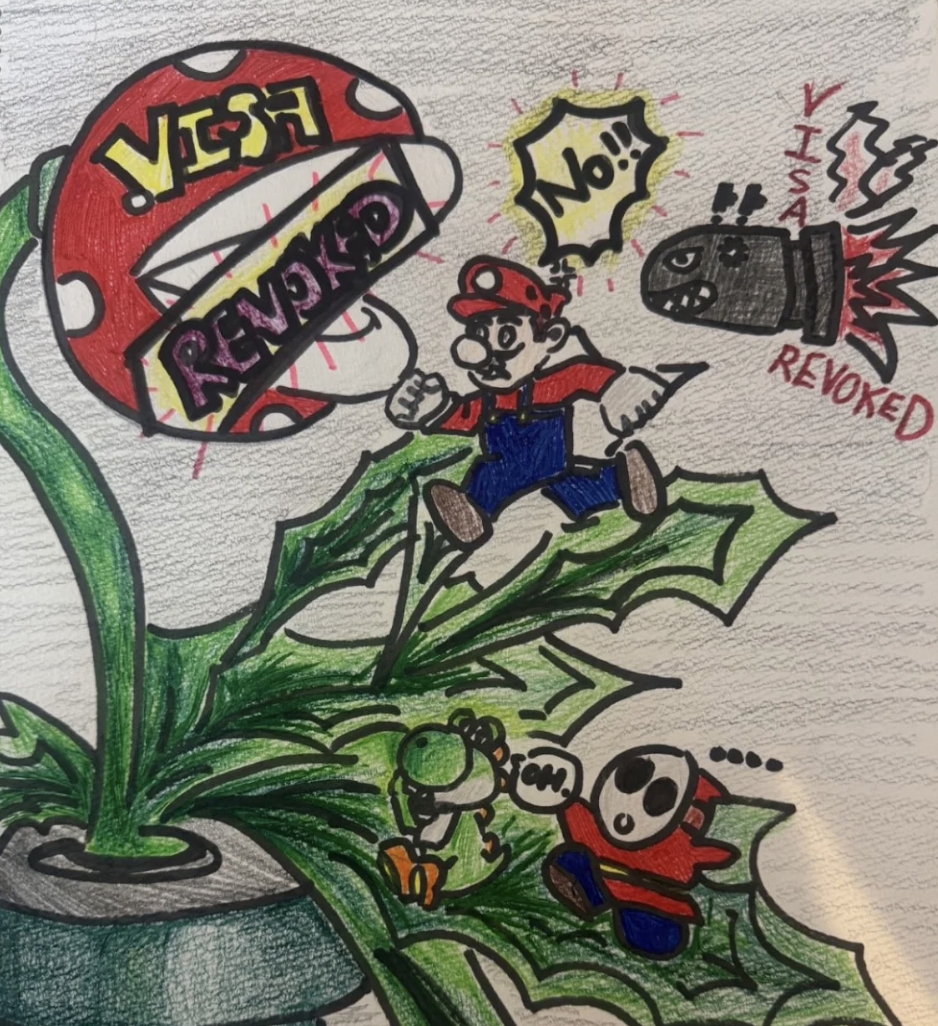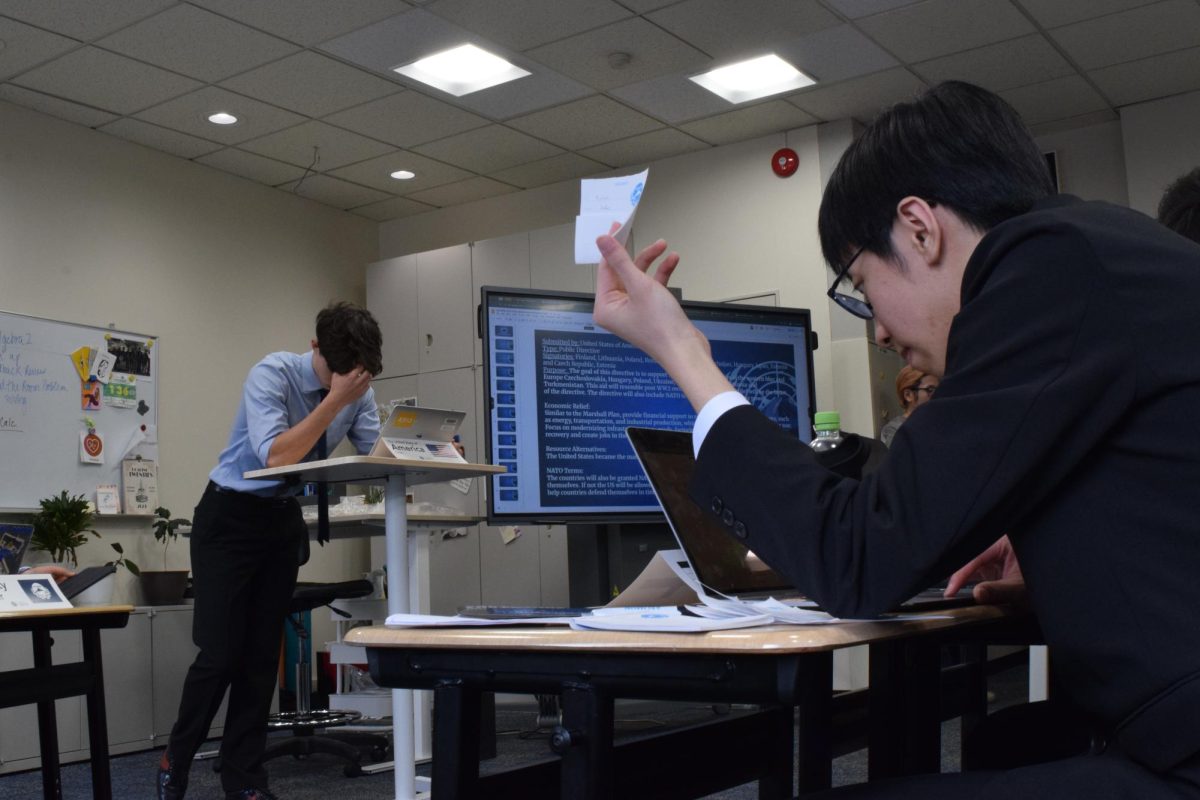A March Toward Greater Gender Equality
April 4, 2022
Occuring every March, Women’s History Month celebrates the contributions of women to history and society. The celebration of women’s history began in 1978, originally called “Women’s History Day.” Later, in 1980, it was recognized as a national week, then a month in 1987 (National Women’s History Museum).
In honor of Women’s History Month, SAGE (Students Advocating for Gender Equality) hosted a discussion and courtyard event on March 8. When asked about why SAGE chose to host these events, leader Moeka Sugiyama explained, “We did it because we realized that even in our school, women’s sports werent hyped up as much, and if we want to change that, we need girls to start supporting girls.”
The discussion took place in the MPR during lunch, exclusively for the female varsity athletes. The athletes were split up into discussion groups covering different topics, such as amenorrhea and healthy eating habits, building a welcoming team environment, and having a more muscular physique. Each group was led by a fellow female varsity athlete, and all were encouraged to pitch in ideas on how to solve certain issues or stories about individual experiences. As a female athlete myself, this discussion was certainly empowering. Moreover, it was a way to break the stigma regarding some of these topics. Those who took part in the discussion noted that many of the issues were unspoken, stigmatized and disregarded. Whether the silence around the topics was intentional or not, it was clear that more conversation is needed.
One discussion prompt was on the sexualization of female athletes. In this discussion, female athletes learned about the double standard that women face: not only do they have to be good at their sport, but they also have to be attractive and likable when playing. Junior Moeka Sugiyama commented, “I forgot that the sports industry is ultimately entertainment for people, and when men dominate positions of power in the industry, they sometimes place those business interests over the wellbeing of the athletes. For example, there are so many cases where women were forced to wear uniforms that tend to expose more skin. And it’s not that women can’t wear that sort of clothing, but it’s more about the fact that men are forcing women to wear them for the interest of making money. This made me think about how we really need more women in places of power to change the male-dominated narrative.”
Certainly, discussing these issues with those that you know have faced similar plights in their journey as a female athlete can empower women. Speaking for myself, I felt that these conversations helped me realize that I was surrounded by those who would be willing to take on these problems with me. Furthermore, physically verbalizing these issues puts them into perspective, prompting us to think about what we can do to change sexism in our world today.
In the courtyard, SAGE also hosted an event in which students wrote cards to their female role models in ASIJ. Female role models, whether that be faculty or fellow students, play a monumental role in empowering others within our community. Breaking down bias starts with creating an environment of appreciation for female role models, one in which smart, strong women thrive and are respected. Fostering this sort of environment within our school community is something that we can all do.
Indeed, having March dedicated to women, their history, and their accomplishments is meaningful. We celebrated this event to remind ourselves and others of the impact that women have had on our society and culture. It is a way to reflect and commemorate the women of the past who have paved the way for women of the present, and women of the present who will pave the way for women of the future. As we remind ourselves of the immense impact that women have had on our world, it is important to recognize these same things beyond the scope of Women’s History Month, and continue to keep its message alive throughout the year.




















